Title Text
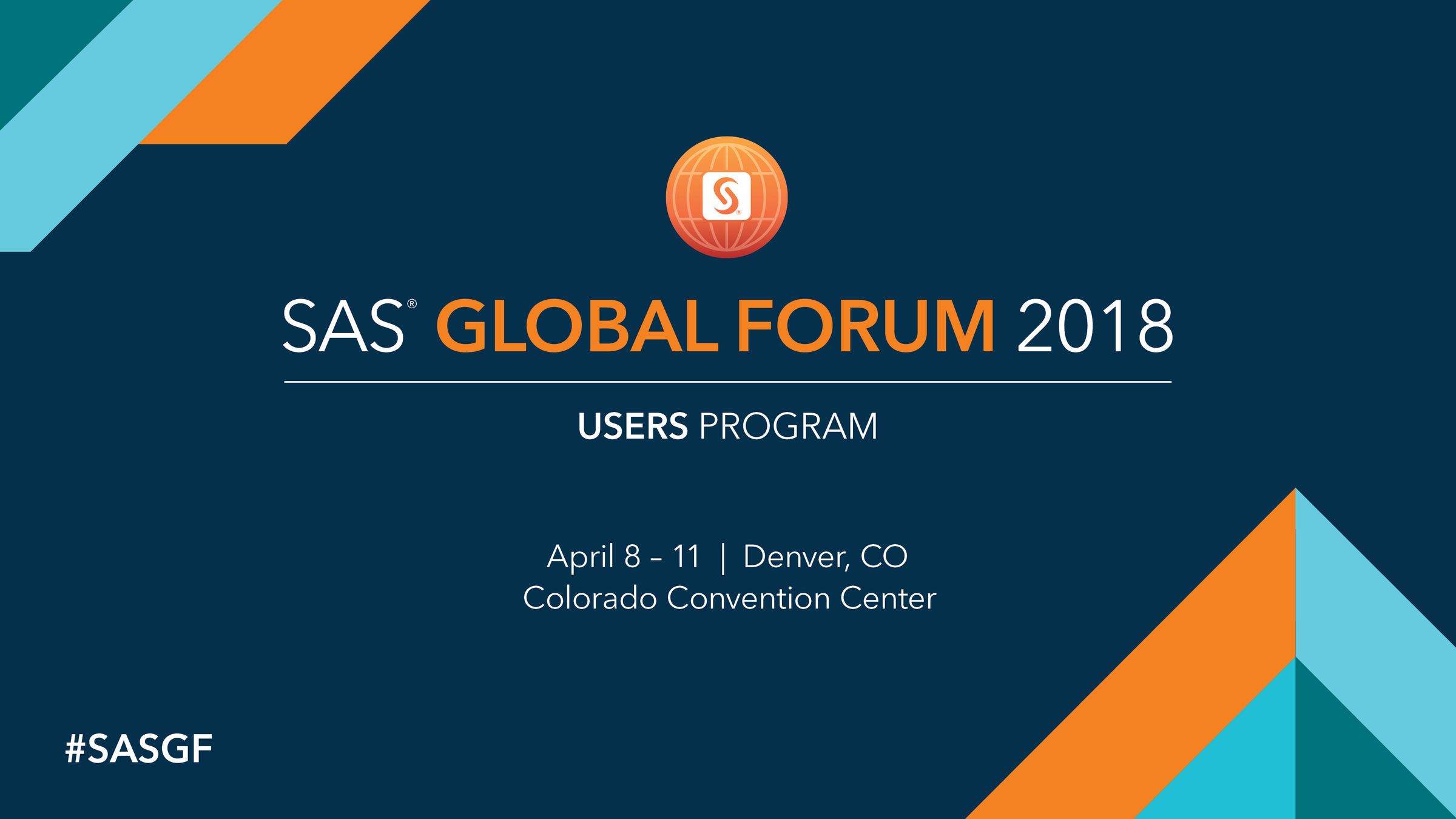

#SASGF
Using measurement-based workload prediction to dynamically provision your cloud
Fluid and Dynamic
Nikola Markovic, Boemska
Nik is the Founder & Chief Technology Officer at Boemska, a SAS-focused software company based in the UK.
He is the designer of Boemska Enterprise Session Monitor, a performance tuning product built from the ground up to help Data Scientists develop efficient code and understand their footprint and impact on shared analytical platforms.
He really enjoys writing about himself in third person.

What this presentation is about
Achieving the best possible performance in the Cloud
while spending the minimum amount of money
What I will talk about
A bit of background around where we are and why I'm talking about this
How different analytical workloads behave and perform
What this means for hardware and why Cloud is different
What else we can do to take advantage of Cloud features
Why this will get more important in the future
Back to Basics:
What do we mean by Resource and Computation?
Example: Long Division
Thinking: CPU
Remembering: Memory
Disk: Paper
Throughput: Speed of the pencil
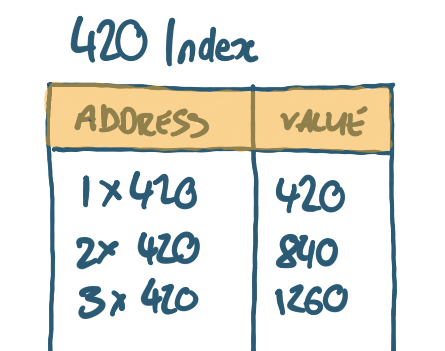

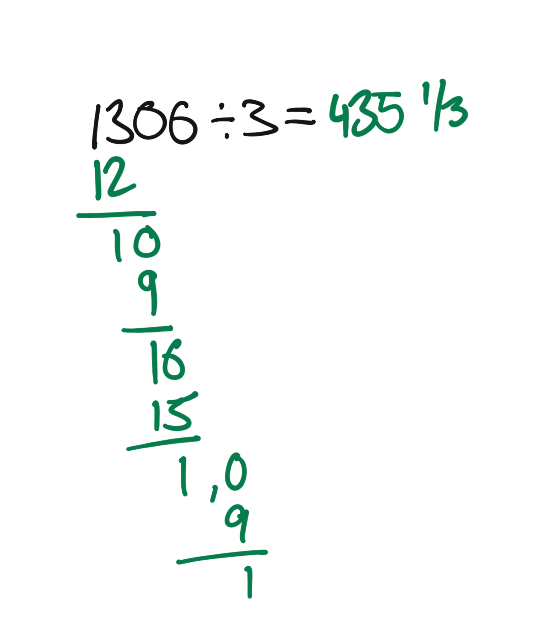
SAS example
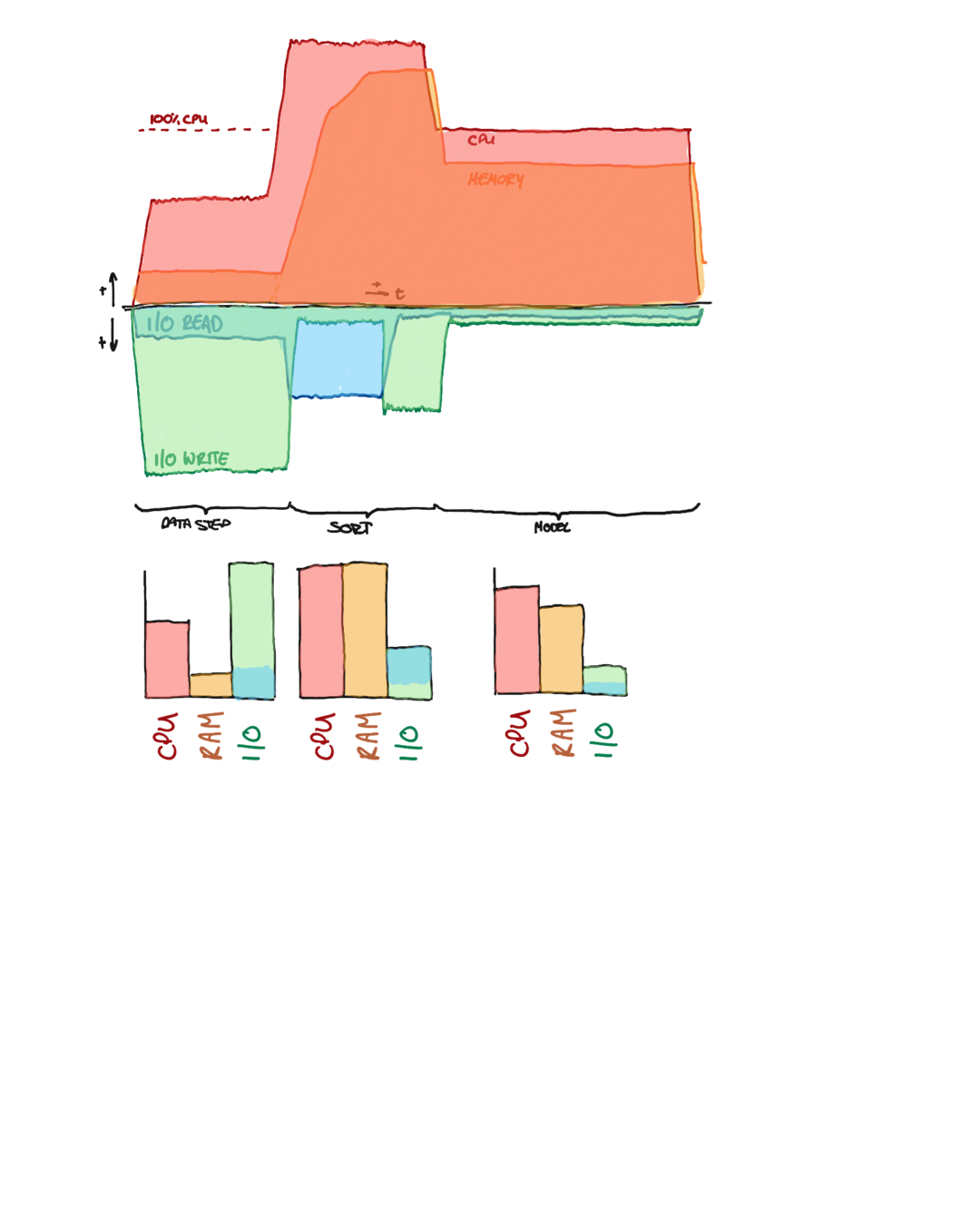
R example
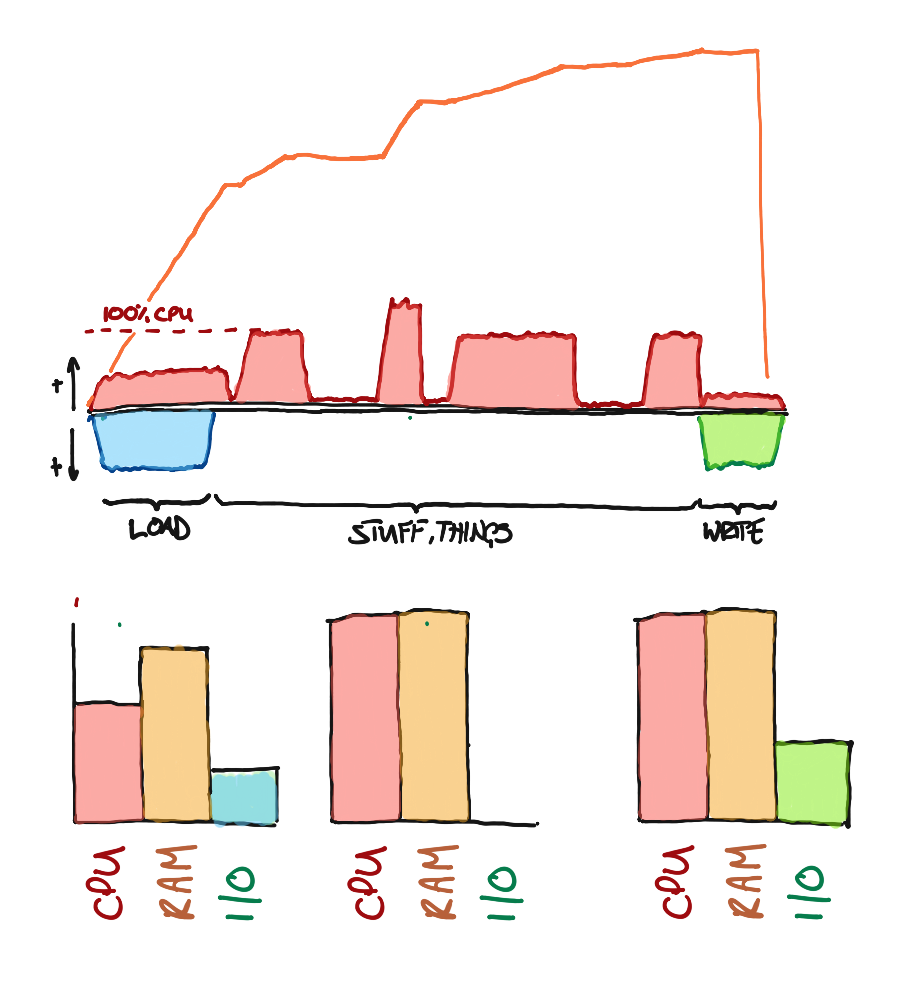
LASR example
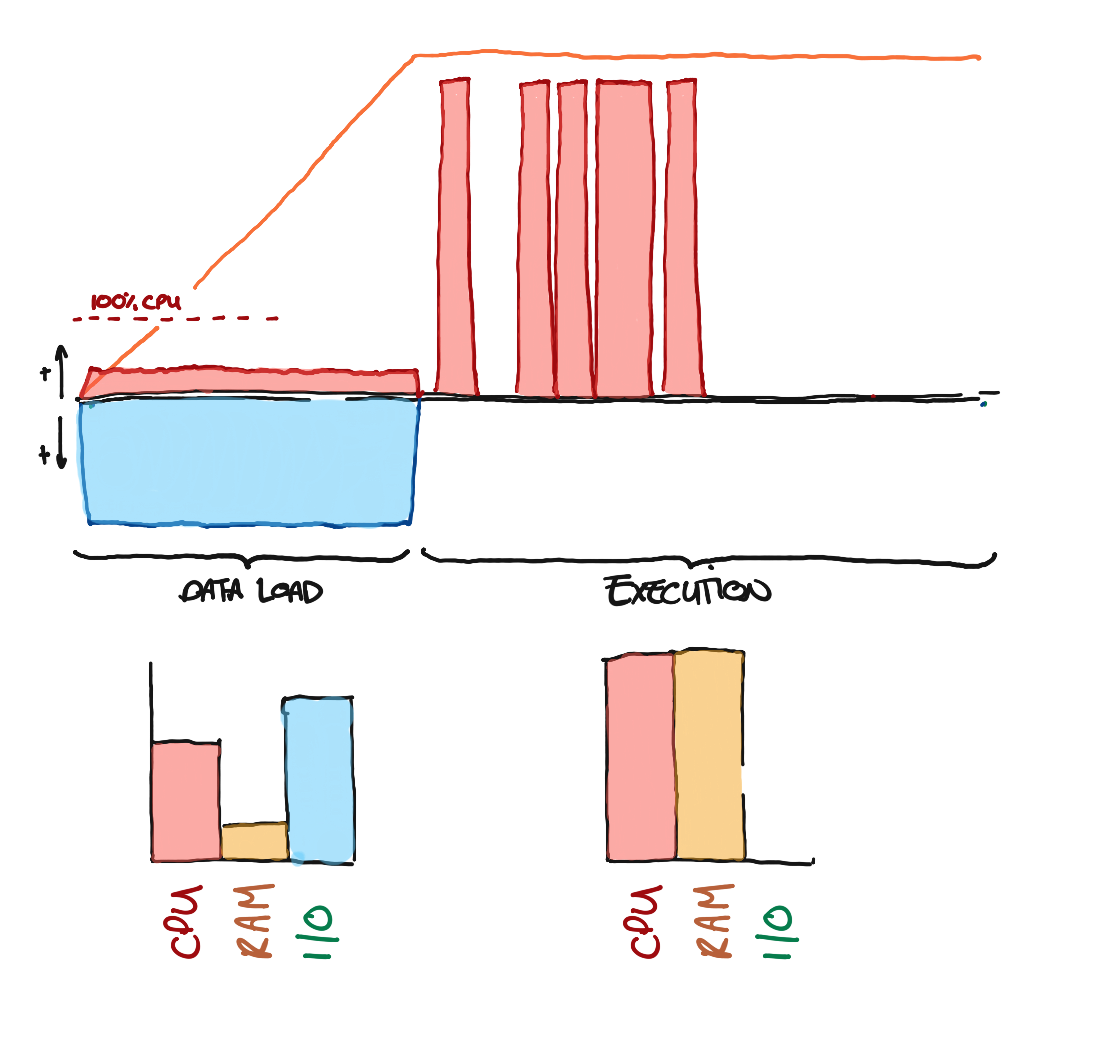
CAS example
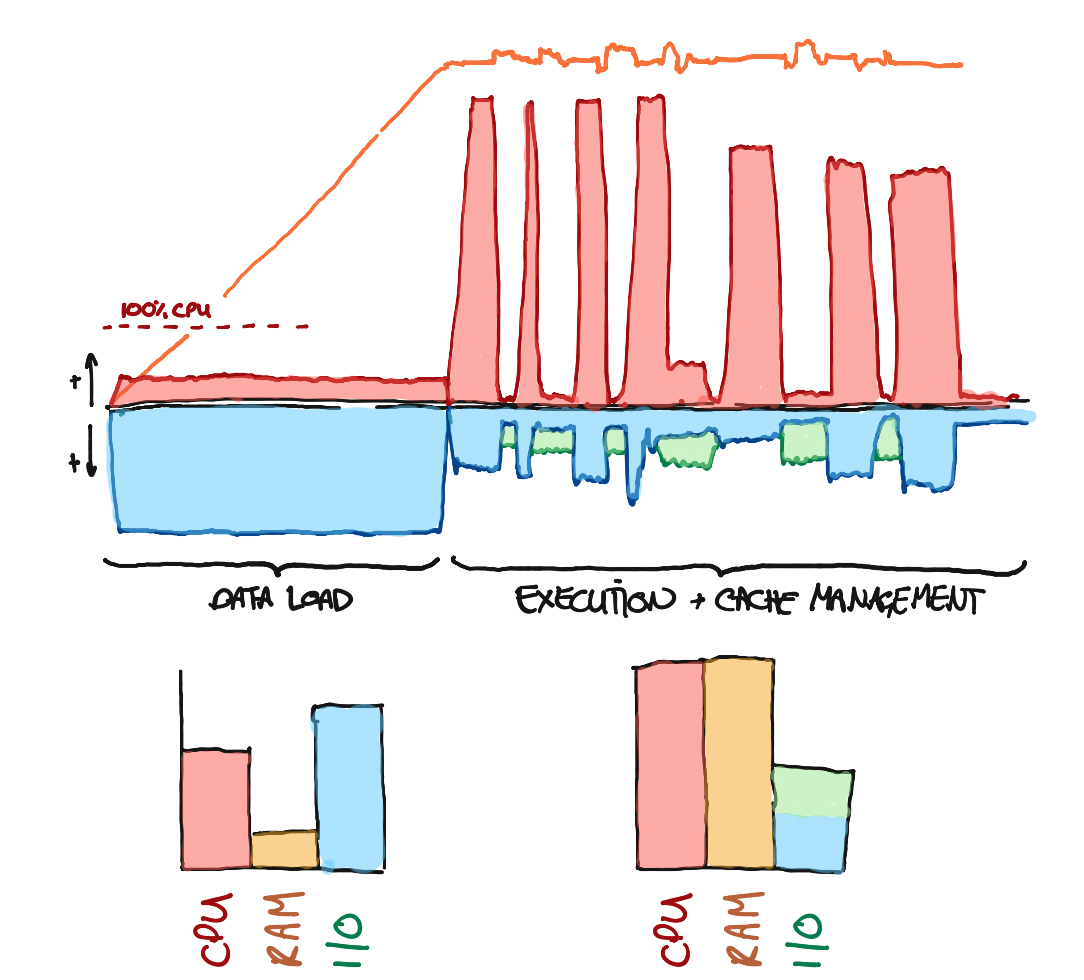
Realistic SAS performance
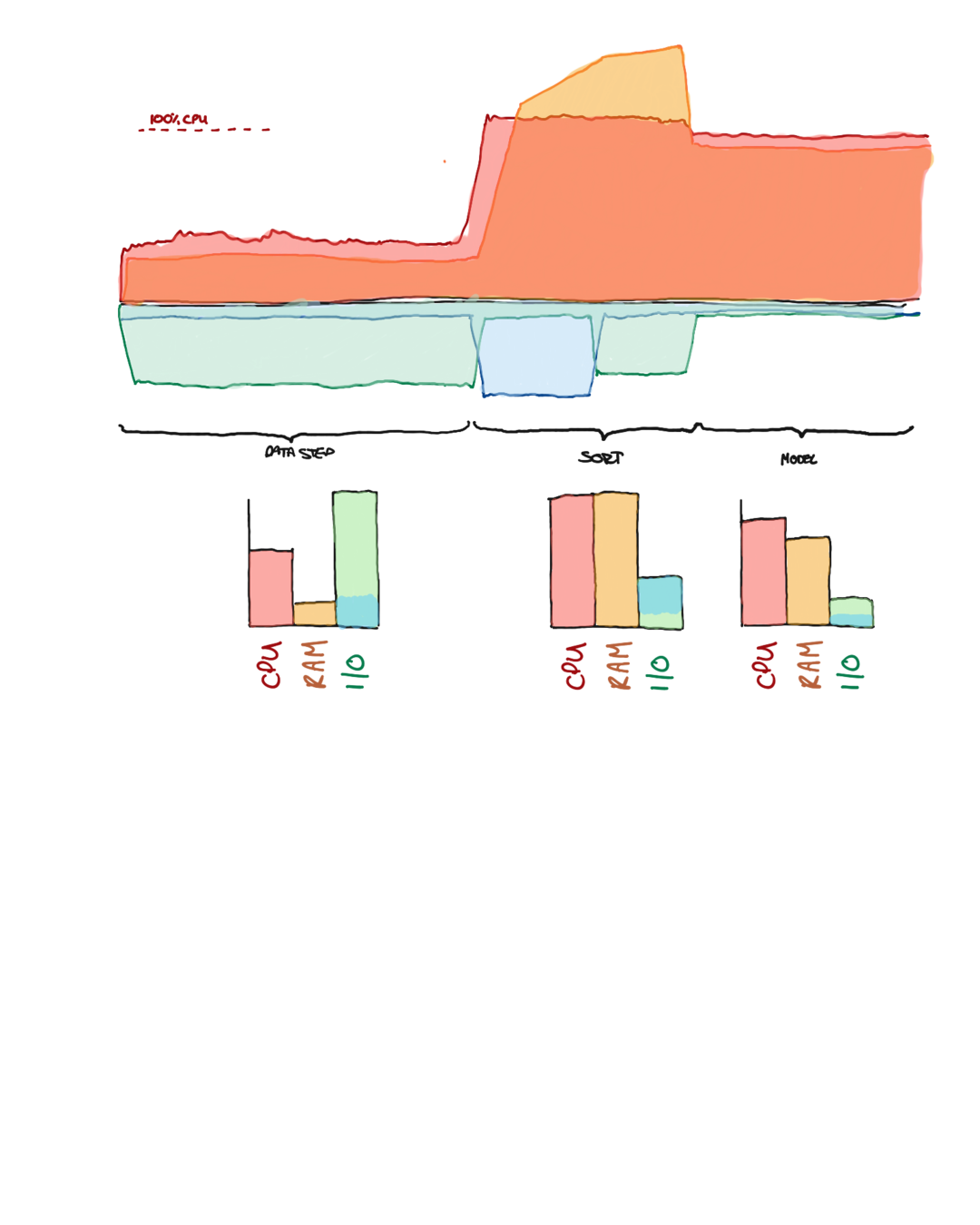
The Cloud
An Infinite Hardware
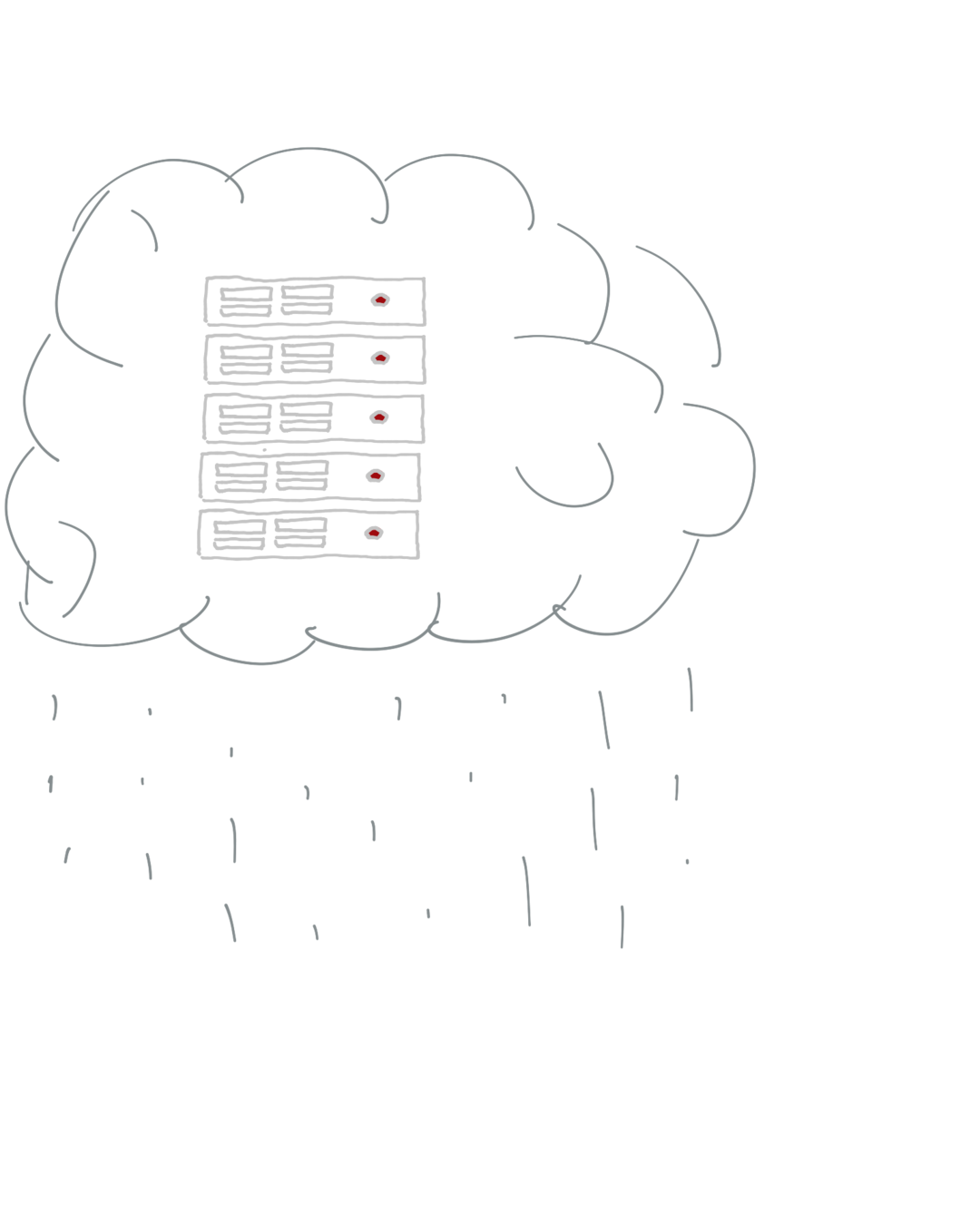
Scaling

Different instance types
(resource profiles)

Understanding the best-case scenario
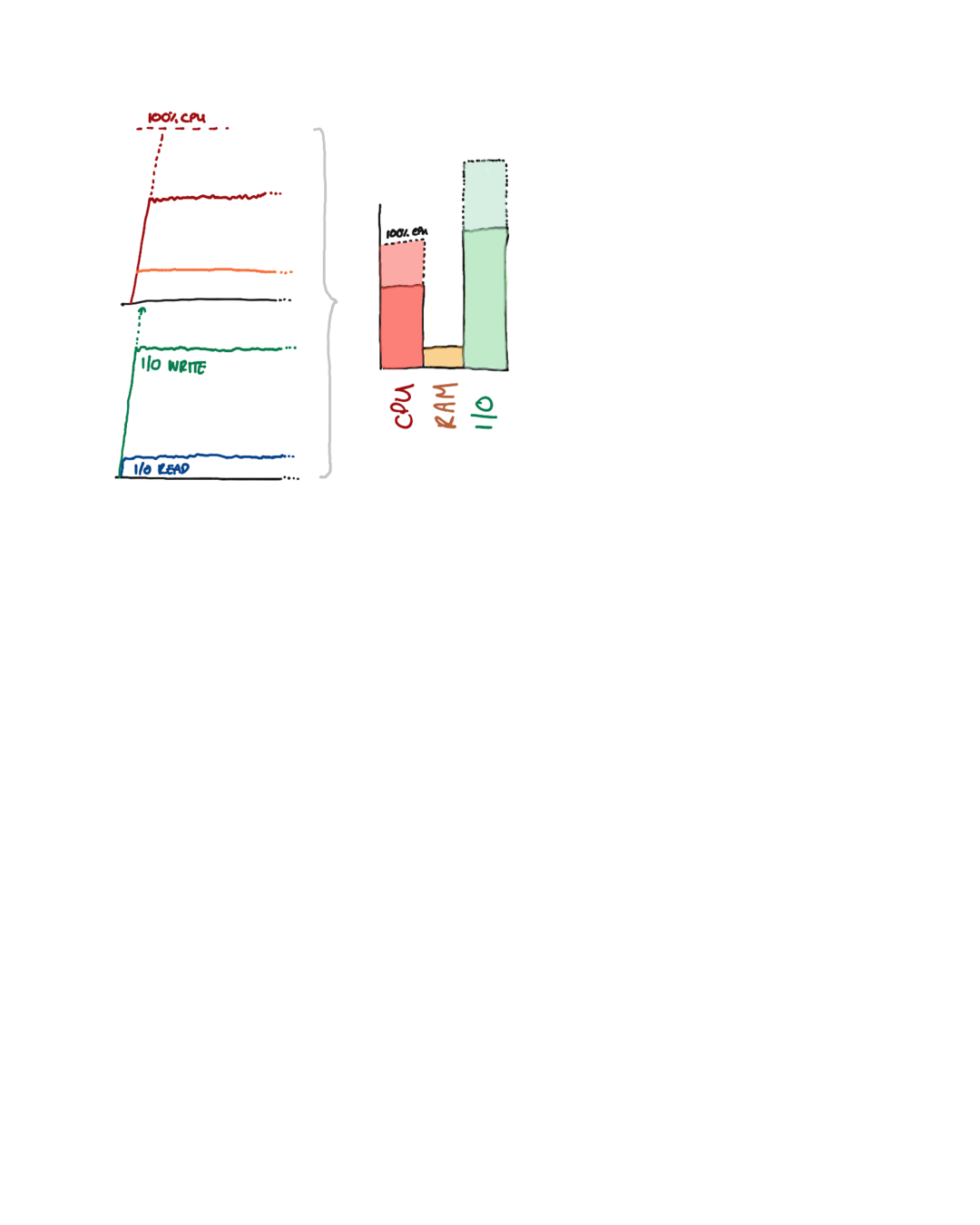
So we can just scale, right?
Not always. Scaling also has inherent costs.
Scaling operations should be minimised where possible.
The Best-Case Scenario
Understanding requirements for optimal execution
in a world of infinite resource
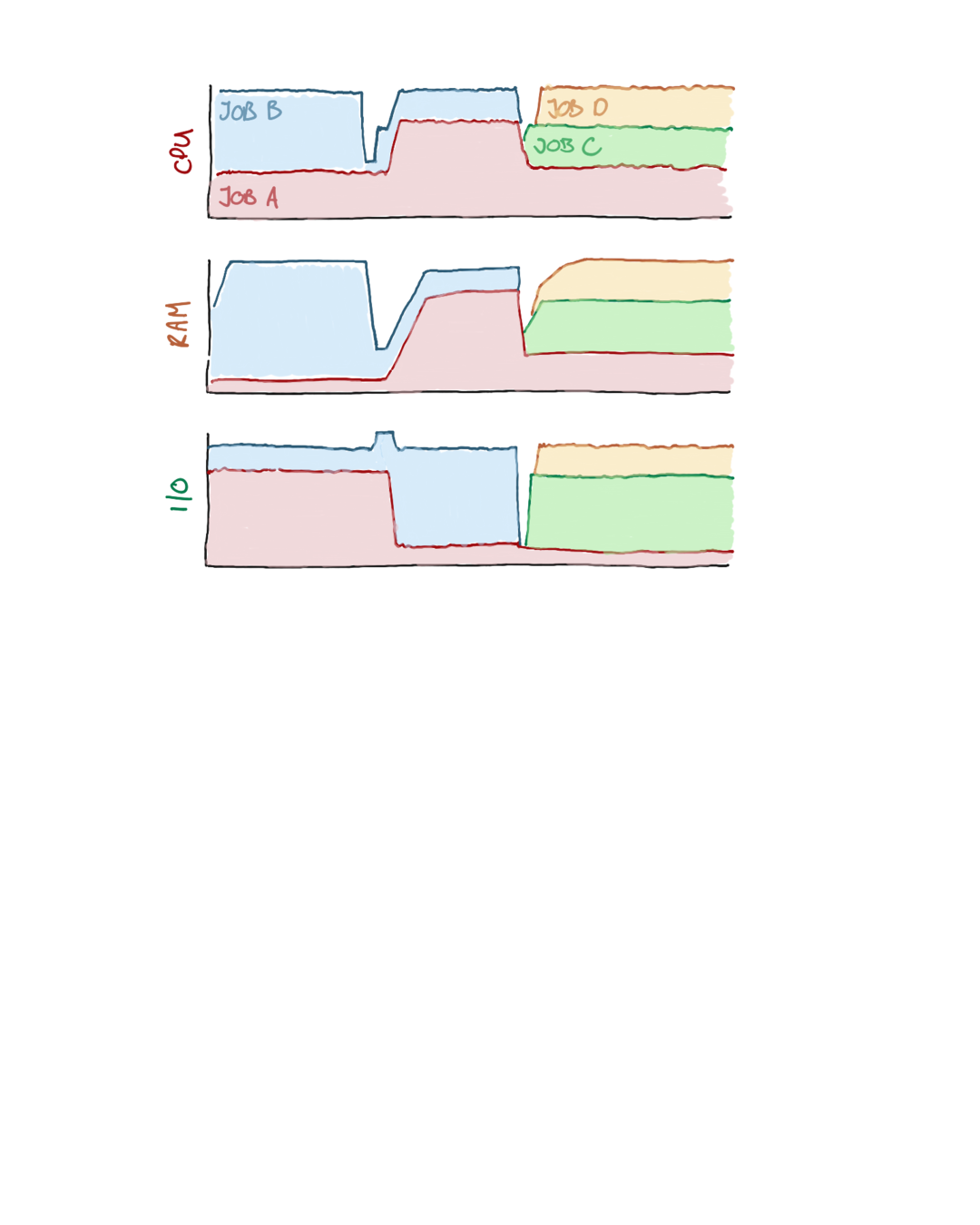
Best-case scenario
What about interactive users?

The Benefits of being able to forecast accurately
-
Amazon will already charge you less if you can subscribe in a way that lets them forecast demand more accurately
-
suspect amazon will offer predictive autoscaling, but charge for it / skew it according to its own internal optimisation
-
Cloud providers will be trying to do the same thing, but on a much larger scale, as they'll be powering physical hardware up/down.
-
Therefore it makes sense that in future, providers will reward accurate advanced reservation of resource
- Being able to understand accurate demand at application level and dictate it through 'reserved' pricing models, which are inevitably likely to get more granular as competition heats up will be a win.
Questions?
I hope this was useful, thank you for your time.
Boemska: https://boem.sk
Me: https://www.linkedin.com/in/nikmarkovic/
deck
By Nikola Markovic
deck
- 662



